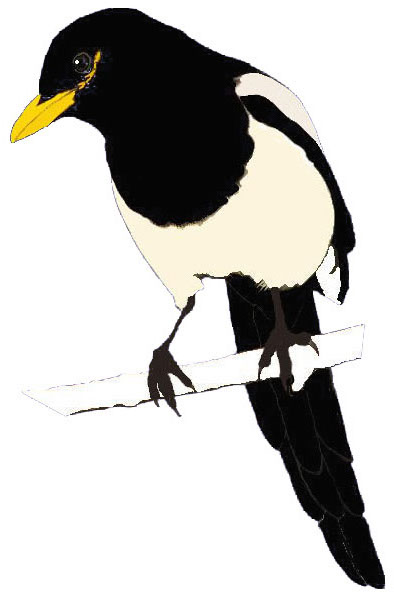Give
Conservation Biology and Wildlife Teaching Center
UC Davis’ Museum of Wildlife and Fish Biology is a unique and special facility in the ten-campus University of California system. Located academically within the #1 wildlife research program in the United States, this facility permits students and faculty to explore our natural world using physical specimens rather than images or models. This hands-on approach to the study of natural history is a core value of UC Davis and the Department of Wildlife and Conservation Biology. The Museum is also a hub for outside researches in the fields of systematics, genomics, microbiology, ecology, conservation, and natural history. Due to the quality of the program and the demand for conservation professionals to lead government and private organizations, the number of students currently needing time in the Museum greatly exceeds available space. The Museum also hosts thousands of young children every year, exposing them to science and wildlife conservation. To meet student demand and increase the appreciation and understanding of wildlife among the public, plans are underway to build a new facility to house the Museum, new teaching labs, and public-accessible exhibit halls. This new facility will greatly expand the research, teaching, and outreach capabilities of UC Davis. Naming of the building may be discussed.
Ronald E. Cole Endowment for Museum Excellence
Endowments to support key positions at UC Davis ensure that our most talented and critical personnel have the resources they need to reach their fullest potential. In the case of the Ronald E. Cole Endowment for Museum Excellence, the endowment would be used at the direction of the Museum of Wildlife and Fish Biology Director to support museum curation and management, purchase equipment, enhance specimen storage and curation, and support undergraduate internships in both the lab and field. The endowment is named for Curator Emeritus Ronald Cole, founder of the Museum in 1972.
Sacramento Valley Bird Inventory Program
Recent research by the Museum and other conservation groups shows that the Sacramento Valley supports a rich avifauna with distinct seasonal patterns of diversity. The region is world-renowned for its millions of migratory waterfowl that winter, but is also critically important for migratory boreal forest nesting songbirds, shorebirds and raptors. Describing this diversity seems straightforward, but no one had picked up this mantle. The Museum has embarked on a multi-year study to explore the avian diversity, develop long-term research efforts, and to provide opportunities to expose undergraduate wildlife students to the rigors of field biology. The program began in 2017 and has already made great strides in understanding the diversity of the region. Many parts of the Sacramento Valley are the focus of private and public wetland and riparian restoration initiatives. This project will help to define the diversity these restored lands protect and support. This information could be used to strengthen proposals to restore other private lands in the Sacramento Valley and beyond. Funds for this project primarily are offered as undergraduate internships, both for field and lab-based work.
Undergraduate Student Leadership Positions
Experiential learning is a core philosophy for the College of Agricultural and Environmental Sciences and one of the dean's top priorities. The availability of the Museum for students is a unique asset already, but we strive to ensure that students have the ability to engage with the collections and receive mentorship from the Museum director, regardless of their financial situation. Student leadership position are paid positions that permit students to work in and take advantage of professional skill building within the Museum. Students are given responsibility for special curation projects, participate in field experiences, and receive dedicated time with the director of the Museum to explore and support the student's interests. To give to the Experiential Learning Fund, click here.

